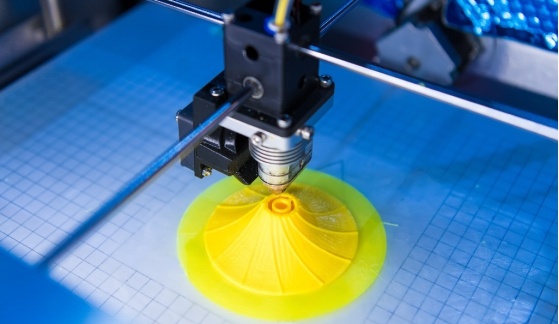What to know about 3D Printed Investment Casting Patterns
Investment casting is a cost-effective process for many industries when they are looking for highly accurate metal parts that are made out of a wide range of alloys. The typical process to create a cast part is to use a wax pattern that will be covered in a ceramic slurry to form a shell. Then the shell will be filled with molten metal and cooled to form the part.
Creation of the wax pattern is typically done by using metal dies as the injected wax fills the die. Water-soluble or ceramic cores will be in the die to make the intricate and complex internal parts. However, more industries are looking at 3D printed investment casting for wax patterns as a more cost -effective approach.

What are 3D Printed Casting Patterns?
A 3D printer can be used by many industries to create products made from materials such as plastic. However, these machines can 3D print out parts in resin, metal and even food for certain industries. When it comes to investment casting, wax or resin plastic may be chosen depending on the manufacturer and their available equipment.
For 3D printing, a stereolithography (SLA or SL) process is used. Stereolithography is an additive manufacturing technique that takes the material and lays it down layer by layer to create the pattern. Each layer is cured by using either an ultraviolet light or a laser until the entire pattern is made. This process is also called vat polymerization.
When the pattern is complete and covered in the ceramic slurry, the wax will be melted out or the resin will be burned out. Any ash that remains will be removed during the cleaning process.
Benefits of 3D Printed Patterns
One of the major benefits is that 3D printed patterns are an additive production process that only uses a set amount of materials to create the pattern. This factor eliminates waste that is typically created by using subtractive manufacturing methods. Since the materials are added in layers, the patterns can be designed with highly complex geometries and intricate shapes without impacting the overall pattern creation cost.
Another benefit is that 3D printing can be used for patterns that are needed as prototypes. The prototype pattern can easily be placed into the assembly for testing without damaging the application. This process can allow the customer and manufacturer to create the necessary changes at this early stage of the investment casting process before full production begins.
When to Use 3D Printed Patterns for Investment Casting
Investment casting using 3D printed patterns are usually sought after when a customer does not desire or need a second machining of the cast part. The process usually creates parts that are highly precise and intricate with smooth surfaces. It is also ideal when a customer is on a tight time-to-part deadline as they do not have to wait for the manufacturer to create the appropriate tooling for the processes.
The 3D printed patterns offer great benefits when requiring low volume production runs and prototypes. If the customer knows that there will be changes to the design, using 3D printed technology can speed up the process with a limited amount of material waste.
If you are looking for investment casting processes for your part or component, contact Impro.